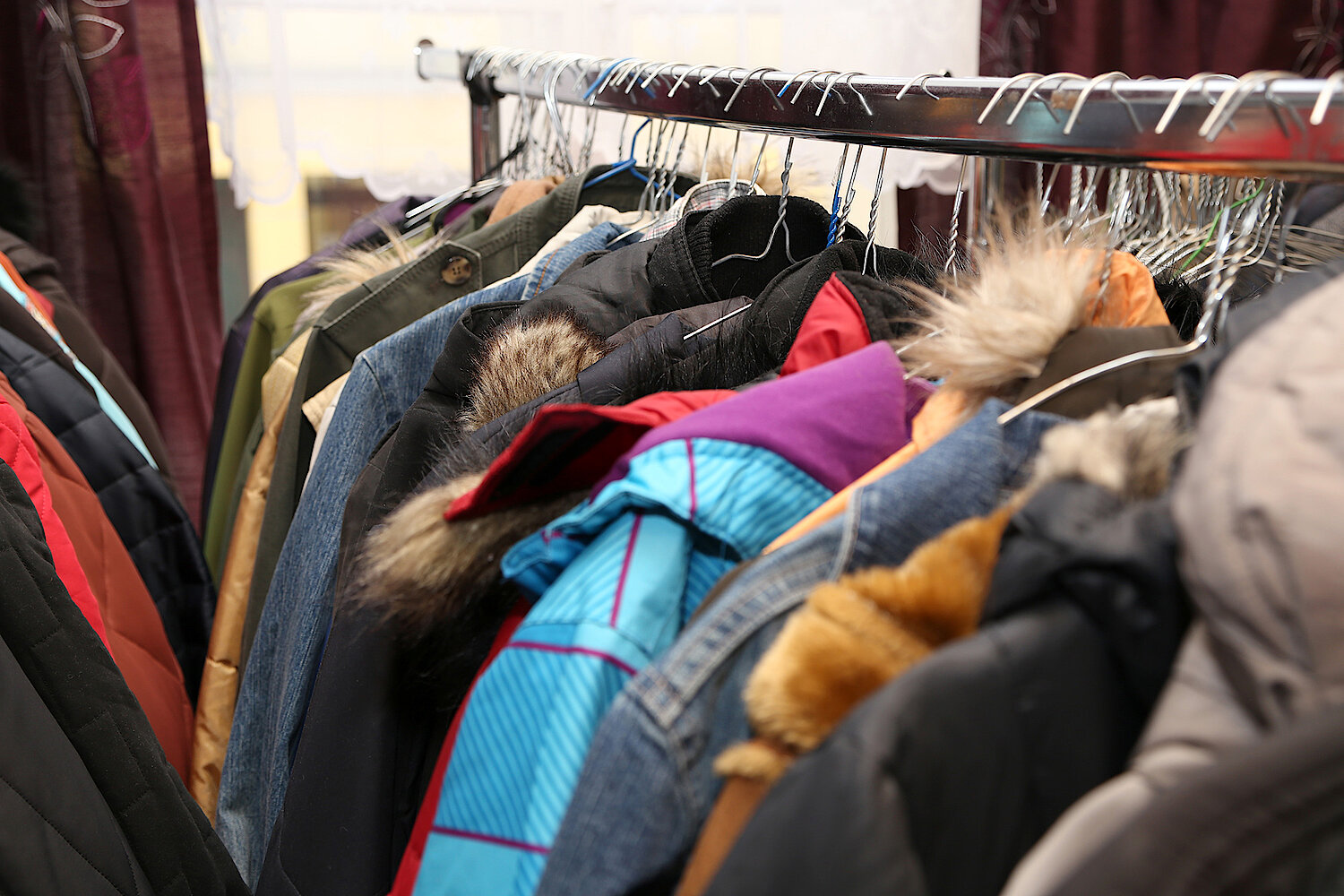Textile waste in Austria
In Austria, around 221,800 tons of textile waste end up in the garbage every year. Only about one-fifth of these textiles are collected separately via municipal waste collection. In total, only 17 percent are reused and recycled, the majority is treated thermally. A new study by the Environment Agency Austria on behalf of the Federal Ministry for Climate Action, Environment, Energy, Mobility, Innovation and Technology shows what needs to be changed.

The EU Circular Economy Package provides much material for reforms, including the handling of textile waste. Old clothes, used footwear and home textiles, as well as technical and industrial textiles such as packaging materials, protective textiles, sailcloth, or nonwovens, are to be produced more energy-efficiently and more durable. Only in exceptional cases used textiles should end up in residual waste. Because "Textiles that end up in mixed residual waste are presently lost for reuse and recycling," explains Brigitte Karigl, circular economy expert at the Environment Agency Austria. "For this to change, many screws need to be turned. From sustainable design, to resource-saving production and efficient use, all the way to proper disposal. It's not by accident that the textile sector is a central component in the EU's Circular Economy Action Plan." For Austrian waste management, this means great efforts in the collection and sorting of textile waste. However, production and consumption must also change dramatically. A new study by the Environment Agency Austria shows how far we still have to go towards a circular economy in the textile sector.
In 2018, a total of 221,834 tons of textile waste were generated. Of this, 77% were incinerated with energy recovery, 10% were reused and 7% were recycled. Only a small amount of textile waste (6%) ends up in landfills or is treated thermally abroad.
97% of Austria’s total textile waste is generated after consumption, i.e. by individuals, households, or businesses. Only about 3% is production waste. In 2018, around 88,000 tons of textile waste were disposed of in the residual waste. The majority of textile waste in Austria (around 77%) is not pure textile waste but can be found in solid waste containing textiles, mainly residual and bulky waste or waste from the medical sector. Only about 23% of national textile waste consists mainly of old garments, fabric and fabric remnants and is not mixed with other materials.
New life for old clothes
Every year, more than four kilos of used clothes, shoes and home textiles are collected separately per capita which resulted in 2018 in a total of 44,697 tons. According to EU requirements, all used textiles must be collected separately by 2025. Currently, collection and sorting activities are mainly carried out by charity organizations (57%), followed by commercial companies with 31% and municipal waste collection with 12%.
Separately collected used textiles are roughly pre-sorted. Then, they are separated in sorting plants both in Austria and abroad for further processing and reuse. Around half of the used clothing is exported, mainly to Germany, Italy, Slovakia and Hungary. At sorting plants, the materials are divided into second-hand goods, fractions for recycling and other materials. Other materials include wet clothes that are no longer usable, waste materials such as toys and dishes or packaging materials. Non-recyclable materials are usually thermally treated. In 2018, around 49% of the separately collected used textiles were reused , 33% recycled and 13% incinerated with energy recovery. The remainder (5%) was disposed of.
Consume less, use longer, recover better
While the quantities of used textiles are increasing, the quality of discarded fabrics and textiles is decreasing due to the trend towards fast fashion, i.e. fast and cheap fashion. Therefore, the European Commission is currently preparing a strategy for textiles, which aims at reducing textile waste, strengthening sustainable production and consumption patterns. In order to achieve these goals on national level, several measures are needed, according to the Environment Agency Austria's study:
- Further expansion of the system for collection, sorting and preparing for re-use and recovery for used textiles within Austria
- Implementation of advanced systems for collecting, sorting, and processing of used textiles with regard to reuse and recycling
- Enhanced recycling capacity in order to prevent textile waste in residual waste and to increase reuse and recycling
- Advanced residual and bulky waste analysis to determine the type of textile waste and its suitability for reuse or recycling
- Systematic identification and assessment of the potential in fibre-containing waste streams such as carpet waste, fluffs, or rental textiles, which occasionally appear in large and unmixed quantities
- Increase fiber recycling and strengthen the markets for recycled fibers
The current study of the Environment Agency Austria provides an important basis for Austria’s circular economy strategy, which focuses amongst others also on textiles. The strategy is currently developed by the Ministry of Climate Protection in dialogue with a wide range of stakeholders along the whole value chain. It will include a set of measures. The most important one is to consume less and to use textiles and textile products as long and efficiently as possible. This requires solutions that focus on intelligent design, strengthening circular production and sustainable consumption.
Study: Volume and treatment of textile waste in Austria (english Summary only)
